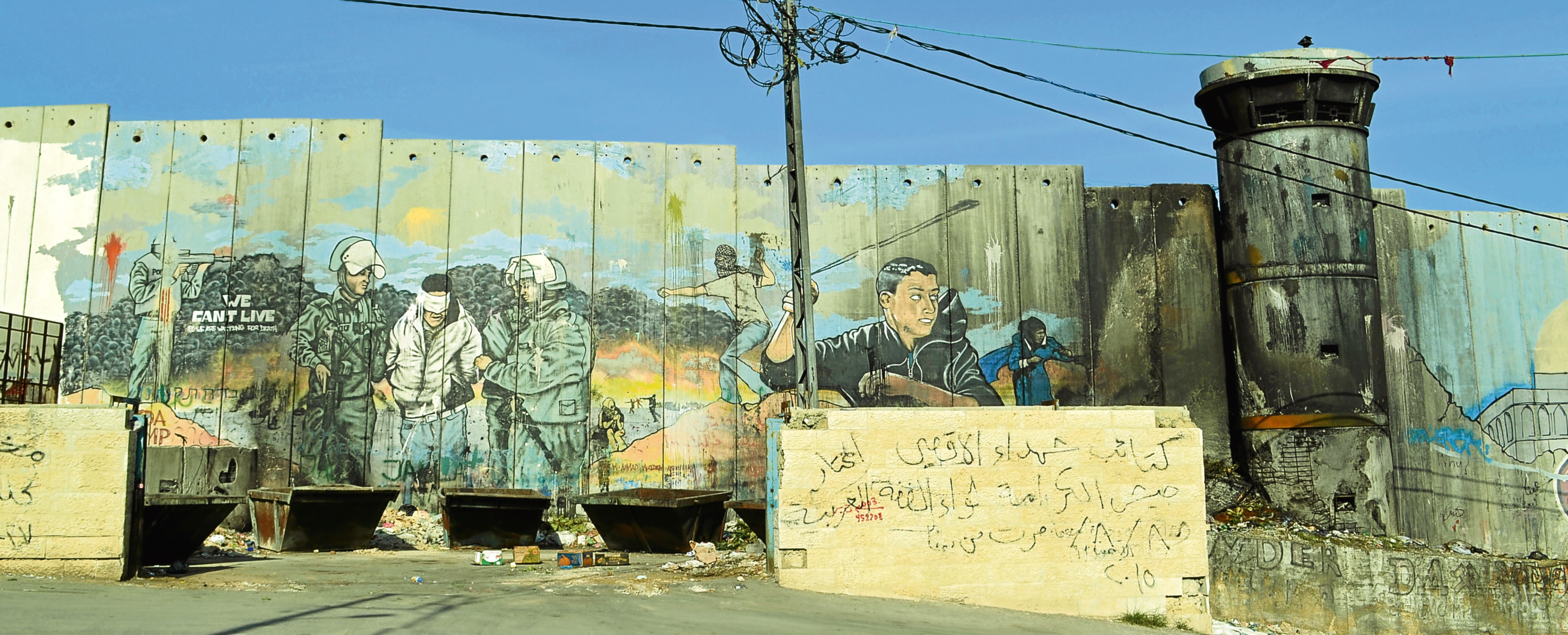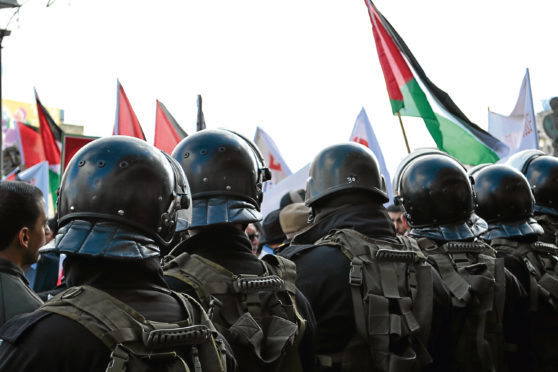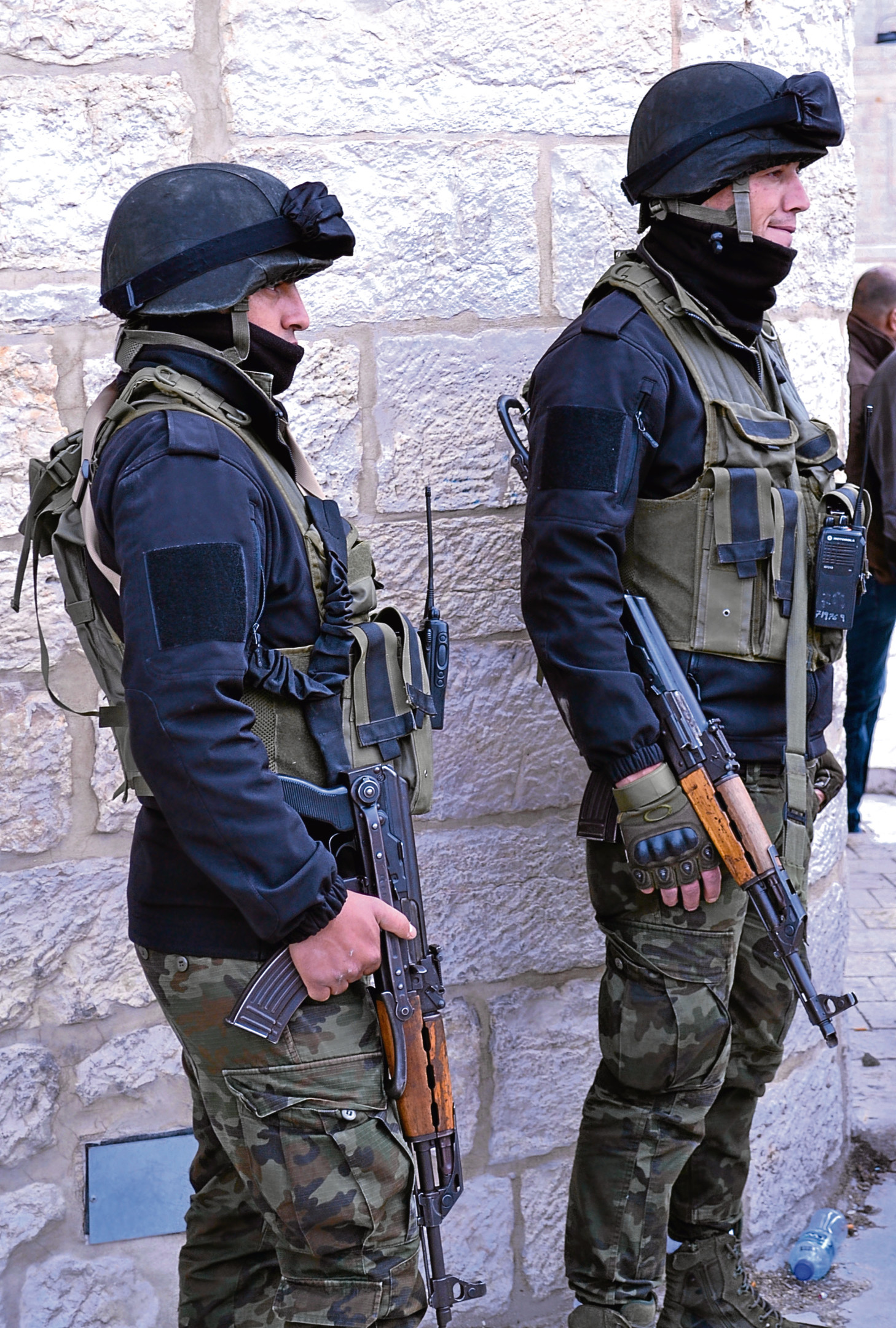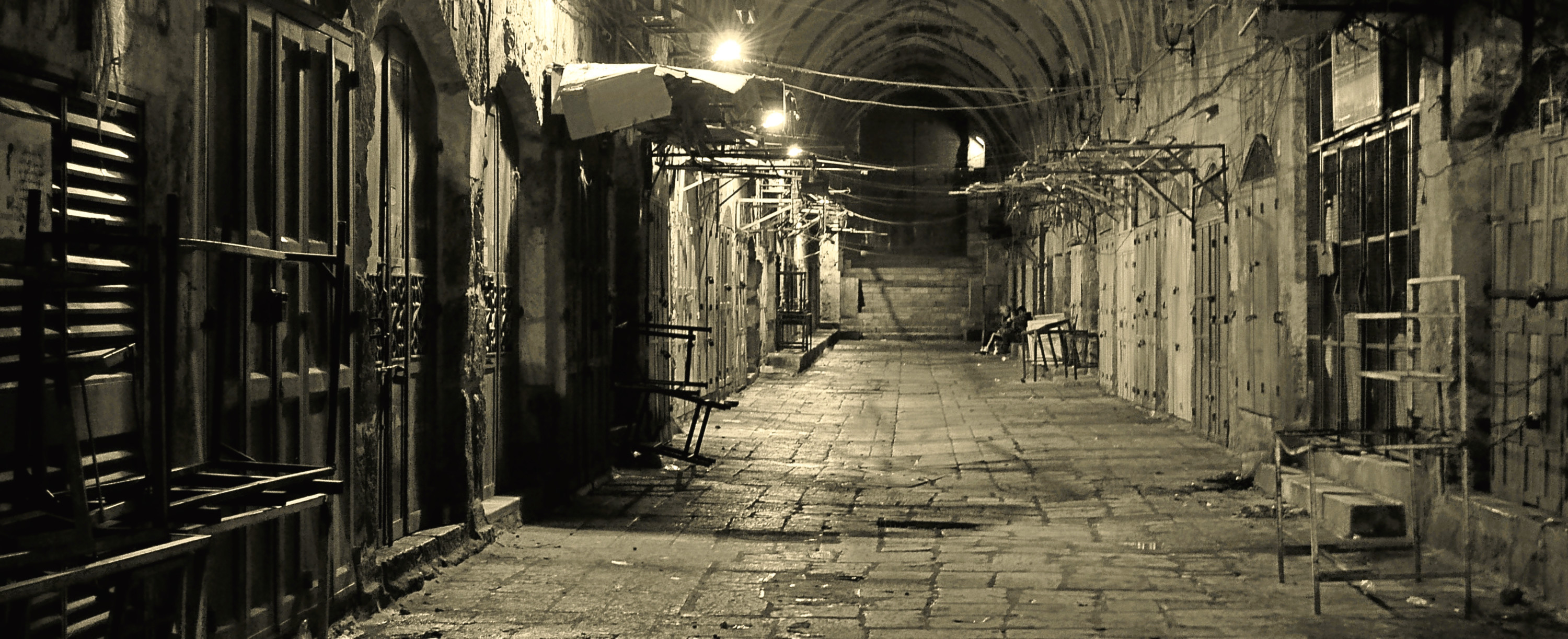I was based in the West Bank, Palestine, where there’s been an increase in violence over the past few months.
You probably saw it on your TV screens towards the end of 2017 – by that I mean the Palestinian reaction to Donald Trump’s announcement on the US embassy move to Jerusalem. Not heard much since I guess? Think it’s all died down? Not a chance.
The harsh reality is that there’s violence here all the time. Nearly every single day someone is shot, or stabbed, or houses demolished, or the Israeli Defence Force (IDF) conducts night-time raids into the West Bank, Jewish settlers are attacked and Israel keeps destroying Hamas tunnels from the Gaza Strip.
It’s ongoing all the time. But it rarely makes the western media. To get a view from both sides, I look every morning at news sites such as Palestinian News Network, Aljazeera and I also read posts from the IDF, or as some Palestinians call them, the “Israeli Occupation Force”.
So what about Trump? Let’s be honest, Putin could stand up tomorrow and say that he believes that Aberdeen should be the capital of the UK and that he wishes to put his embassy there. It wouldn’t affect our day to day lives in the UK. London would still be the capital and that’s that.
But in the Holy Land, it’s a different ball game. Palestinians believe that the capital of Palestine should be East Jerusalem. Israel claims that all Jerusalem is the capital of Israel. Some say Israel should retreat to its 1967 borders that were defined after the war with Jordan. Some say that Israel has no right to exist at all and that this is all Palestinian land. Jewish people may well have been here for thousands of years, but remember, Israel has only been a country for 70 years.
Others say that, in fact, there has never ever been a country called Palestine in the first place, and if the land I was currently standing on should belong to anyone, it was Jordan. All that said, this entire area of the world is a mish-mash of countries, all carved up by the British and French after WWI and the defeat of the Ottoman Empire. Jordan was created, Iraq created, Saudi Arabia created and so on. Then came the big one with the creation of the state of Israel in 1948, which I doubt would have happened without the Balfour Declaration in 1917.
So, the place I’m sitting in writing this column – whose land is it really? Well, you’ll get a passionate and very different answer from whomever you ask. I’m not coming down on any one side 100% – for I receive ongoing convincing views from all sides of the debate. Throw together the politics, the religion and varying cultures of this region, and it’s like a massive onion, you peel off a layer, only to find another, and another, then another…
The long-touted two-state solution I think is now dead in the water, and numerous Palestinian locals I spoke with, be they Christian or Muslim, pretty much agreed, albeit reluctantly. So what does the future hold? I wouldn’t even begin to suggest. I’ll just keep peeling that never ending onion and hope I come to an understanding one day.
One Saturday morning, a friend told me to go to a specific area of Bethlehem as he knew I’d be interested in what was going on there. He explained that there would be a demo against the visit of the head of the Greek Orthodox Church in Jerusalem. People are angry, very angry. Reason? The church owns a lot of land in Palestine, and the patriarch on behalf of the church is accused of selling a large chunk of said land in Palestine to, believe it or not, the state of Israel. Oh dear…

For sure, it is land belonging to the church. Therefore you may be thinking that they should be able to do with it what they please. And yes, you’d be right, but here, in this extremely complicated land, it’s a decision that really doesn’t sit well with many. I walked the 10 minutes from my flat to where a crowd of a few hundred had congregated. They were strewn across a small street, the very street that I was told the patriarch would be travelling along that very day.
Their plan? To stop him from getting to the Church of the Nativity in Mangers Square. It was peaceful enough at first, but nonetheless, Palestinian riot police were there in strength. I also spotted at least two snipers on the rooftops. The crowd, a mix of both Palestinian Christians and Muslims, were getting more vocal by the minute, then suddenly it all kicked off and turned violent.
A convoy of maybe half a dozen cars arrived right in the middle of the mob. All hell broke loose. People shouted, kicked, screamed and threw what they could lay their hands on. Within minutes, the rear window of one car was smashed as the crowd chanted the word “traitor” in Arabic.
The Palestinian riot police that you can see clearly in my photos, what did they do? Nothing really. They made a half-hearted attempt at holding people back, but without any real conviction. I saw no one get arrested for what at the end of the day was a public riot and criminal damage. Suddenly a car carrying the patriarch himself moved slowly through the mob. Tempers rose to boiling point as the mob attacked his car, throwing things and kicking it. He was sat in the front passenger seat and kept his cool as angry men slammed their hands on his window and spat at him.
His car slowly trundled on and life surprisingly returned to normal. Or to whatever defines normal here.
Chatting to a friend about the situation, he told me that the church was not actually “selling” the land but leasing it for 99 years.
Hmm, maybe, but in all our lifetimes that’s pretty much selling the land.
Later that day, I decided I’d do something that the average Palestinian simply can’t do, that is walk the few hundred metres to checkpoint 300 and cross into Israel. I did so, then jumped on the bus to Jerusalem, only 20 minutes but a million miles away.
It was 5pm, and I started to walk through the old city. Being the sabbath, it was near empty and deftly quiet. I paused and took the very atmospheric photo you see here.
Through the final security point, I walked into the Jewish sector and up towards the famous western wall. Staying a respectful distance, I observed the numerous worshippers, standing praying right up close to the wall. Many placed tiny scrunched-up pieces of paper into the cracks in the wall – their hand-written notes to God.
Eventually, I made my way back through the old city, enjoying the deserted tiny cobbled streets. Such a joy compared to the hustle and bustle of daytime.
Back in Palestine, I once again reminded myself never to take my passport, freedom and right of movement for granted. It’s something that’s denied to not just people in the West Bank, but to untold millions the world over.
NEXT WEEK: Completely different views in divided Hebron


